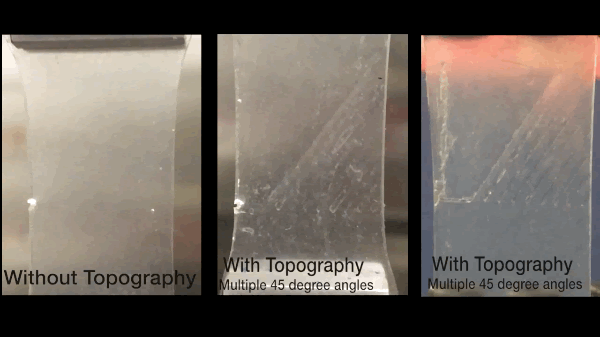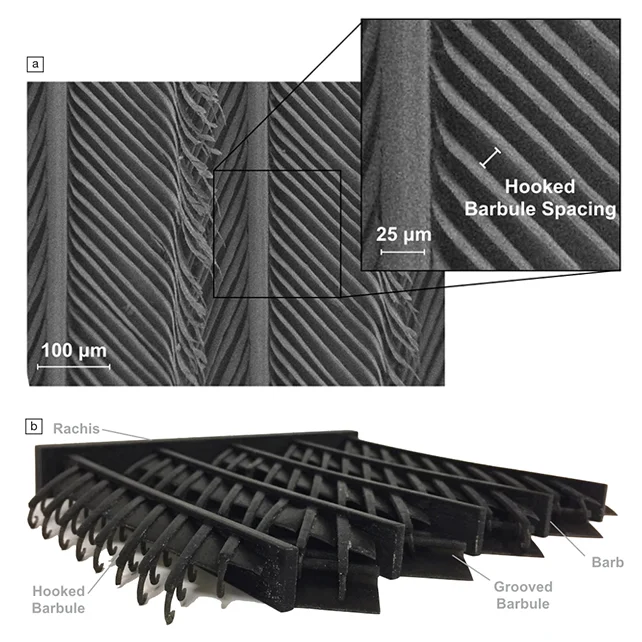A team of researchers led by Oleg Gang of Columbia University has demonstrated how DNA can be used to organize quantum dots, enzymes, and other nanoscale objects into three-dimensional (3D) arrays. Previous efforts to do this have been limited by the need to design custom scaffolds for each object. In an article published in Nature Materials, Gang and his co-workers describe a new approach that overcomes this challenge, positioning DNA as a universal scaffolding with significant potential in nanoscale engineering.
Here is a description of your company. Proin ex id consectetur lobortis. Aliquam, velit vel faucibus dapibus, augue justo ullamcorper turpis, nec convallis metus nunc vel turpis.









